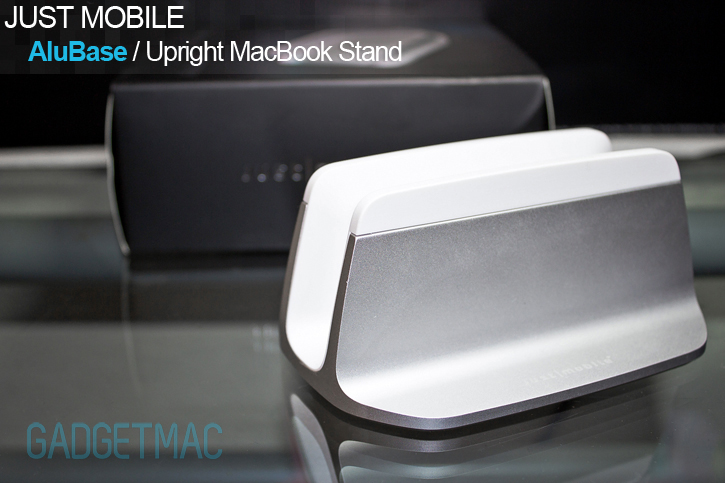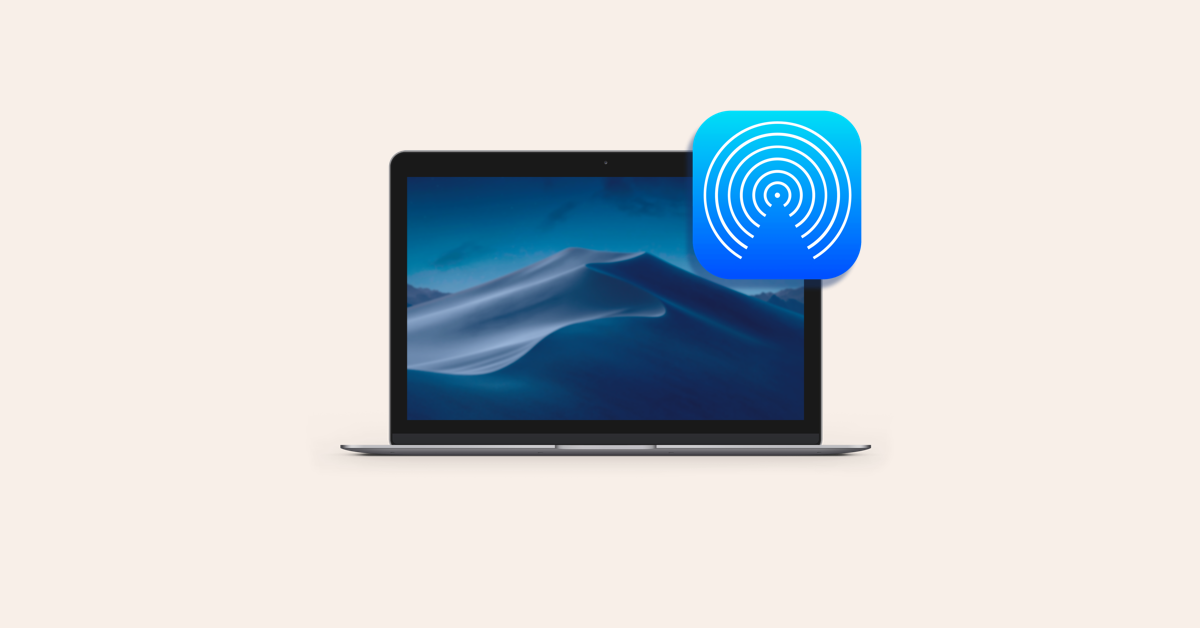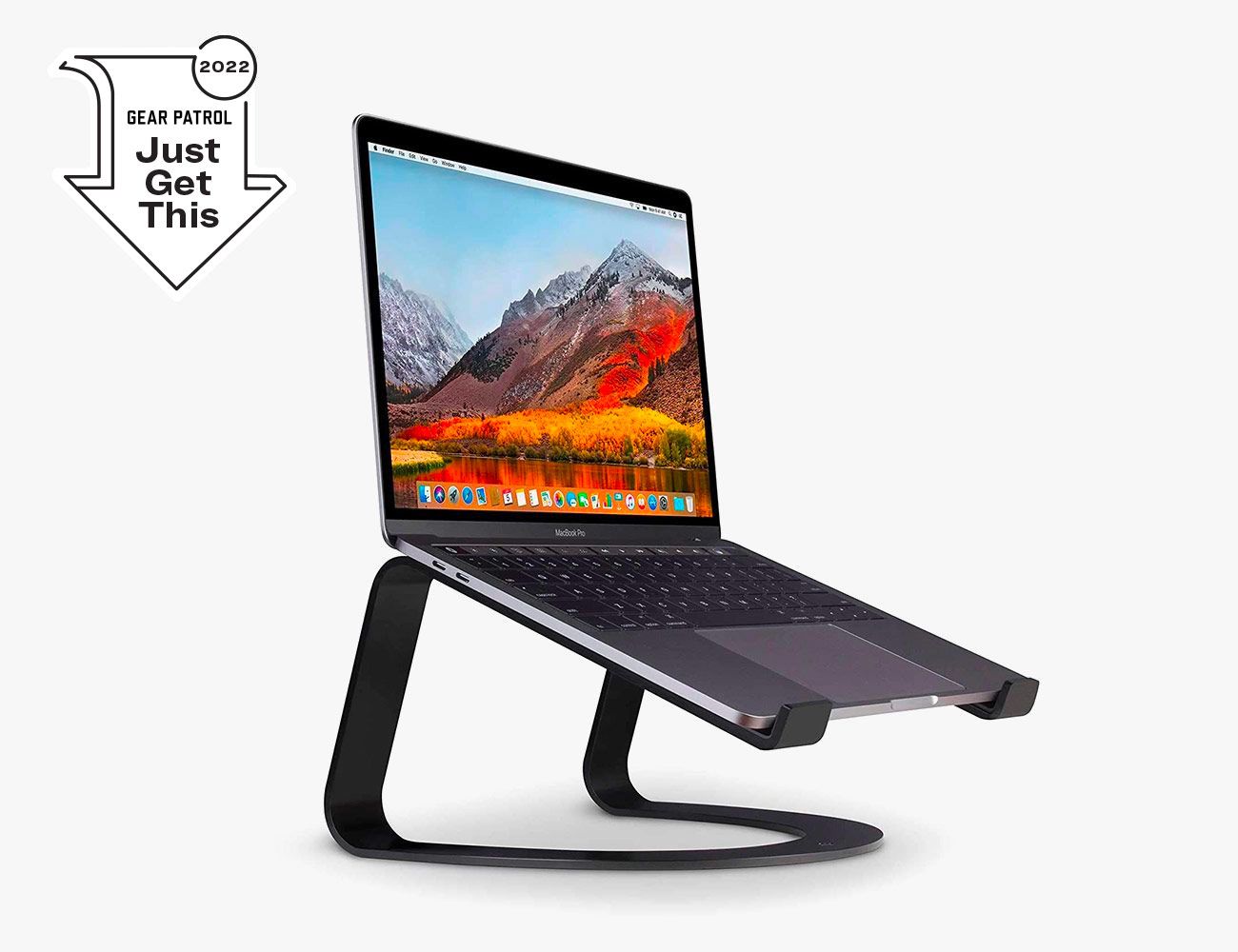

There is the Apple Pencil, which is already excellent on the iPad Pro. By creating a much more comfortable angled surface - one you stand above, like a drafting table, meaning you do not need to raise your arms - the whole dynamic is changed.Īpple already created the surrounding ecosystem that could let a touchscreen iMac thrive.

But what if it wasn’t? That’s where an iPad-inspired touchscreen iMac could sidestep this problem. That point of view is all well and good when the surface you are touching is vertical.
#Floater macbook pro vertical stand mac#
After all, as recently as 2018, Apple executive Craig Federighi said, “We really feel that the ergonomics of using a Mac are that your hands are rested on a surface, and that lifting your arm up to poke a screen is a pretty fatiguing thing to do.” Given Apple’s past reluctance on this topic, it may not be wise to bet the farm on the next iMac having a touchscreen display. If Apple says they will work perfectly on future Macs, touchscreens seem like a no-brainer. These apps are already optimized for a touchscreen experience. At the company’s Worldwide Developers Conference (WWDC) in June, Apple announced that iPhone and iPad apps would work off the bat on Apple Silicon Macs, with no translation or recoding required. It’s far from perfect, but the Touch Bar even fills in some of the gaps left by MacOS gestures.īut then there is Apple Silicon. There is not even a desperate need for touchscreen features - the built-in gestures in MacOS achieve many of the same things a touchscreen would. Not only is constantly reaching up to a screen a (literal) pain, but you end up making your display a smudgy mess that continually needs to be cleaned. That same year, Steve Jobs decried touchscreen laptops as “ergonomically terrible,” saying “after a short period of time, you start to fatigue and after an extended period of time, your arm wants to fall off.”įor the longest time, I have agreed with Jobs on this point. Was Steve Jobs right about touchscreens?Īpple has long denied it is interested in bringing touch capabilities to its Macs, despite filing patents for the tech since at least 2010. But what if Apple could take design elements from the iPad Pro and make them work on a new iMac? Now there is a concept that has my attention. As they’re currently designed, a MacBook with a touchscreen still doesn’t excite me.



 0 kommentar(er)
0 kommentar(er)
